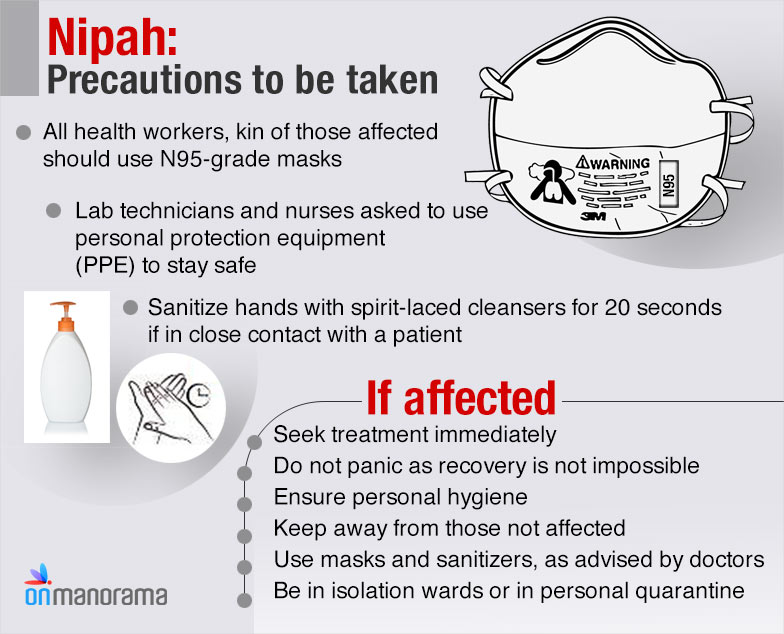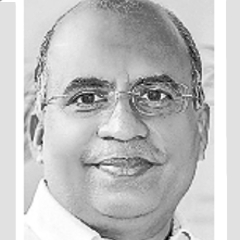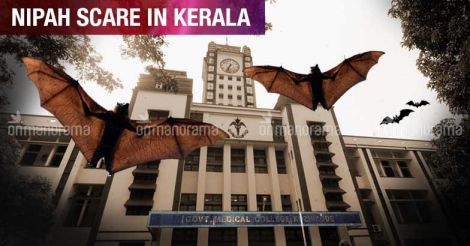The scientific world has to quickly find out how Nipah virus, that has claimed at least four lives, arrived in Kozhikode.
The virus was first detected in 1998-99. It was found in Malaysia and Bangladesh in subsequent years. There have been reports of Nipah until 2008, but never thereafter.
Geographically, the possibility of Nipah reaching south India is low. In the past, it had been found that fruit bats that drink fruit juices used to spread the disease. However, they never travel beyond 50 km.
There had been no report of Nipah from any country in recent years. Which means the possibility of the virus travelling here through someone or some other country is also remote. What needs to be examined is whether fruits or food items bitten by bats have come to Kerala from any other country or state.
Elementary to containing a virus infection is to trace its origin. Or else the preventive measures will have no impact.
SARS (Severe Acute Respiratory Syndrome) did take a high death toll, but the spread wasn't very extensive. At the same time, H1N1 casualties were limited though the spread was large-scale. Past experience shows that Nipah spread is not extensive. The possibility of death is high, but the reach is limited. That is one consolation we have.
It is doubtful as to how prepared Kerala is on how to handle the spread of a disease like Nipah. Remember that virus spread is more easy when travel possibilities are high.

There is no clarity about how to handle a person infected by such a virus. The lesson that Kerala has to learn from this experience is that it should have a virus response team in at least two places in the state on a permanent basis. Besides, modern methods of diagnosis also have to be made available. Even now the state health authorities are forced to rely on services available at places as far as Pune, Manipal and Delhi.
The next stage is to identify how far the virus has spread. Samples need to be collected from different places for that. The extent of spread can be asserted only after mapping them.
The most important task is to identify the source of the infection. Chasing hear-and-say will only keep the real reason hidden.
(The author is professor at the infectious disease department at the Christian Medical College in Vellore)
Read more: Columns



























